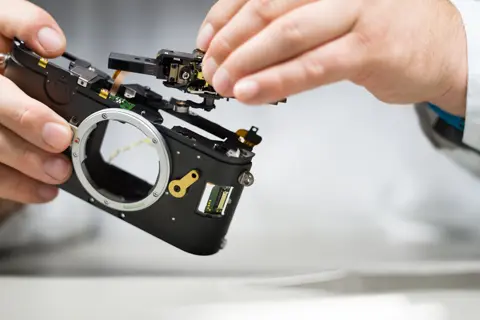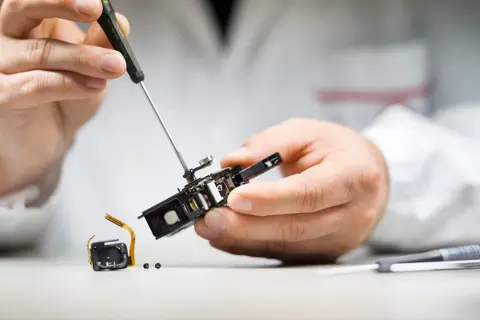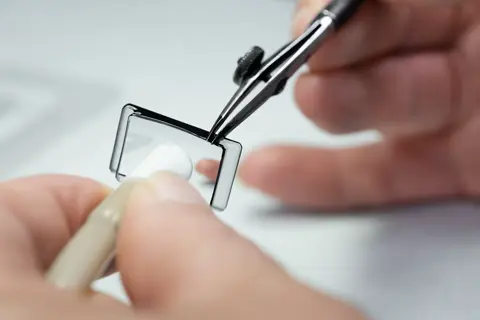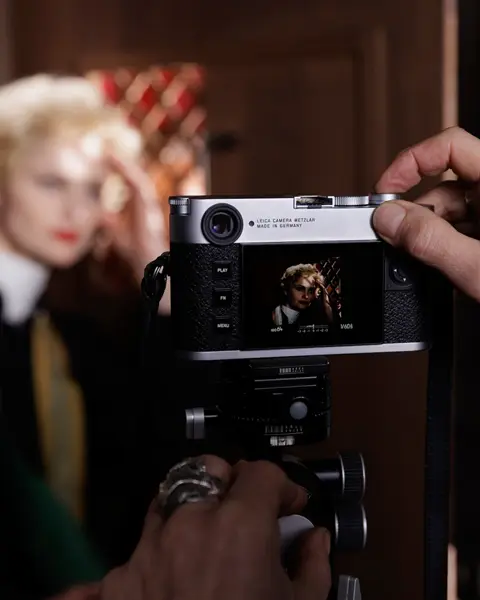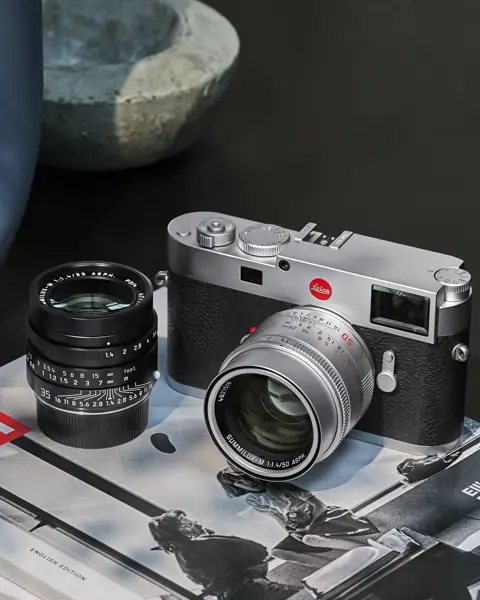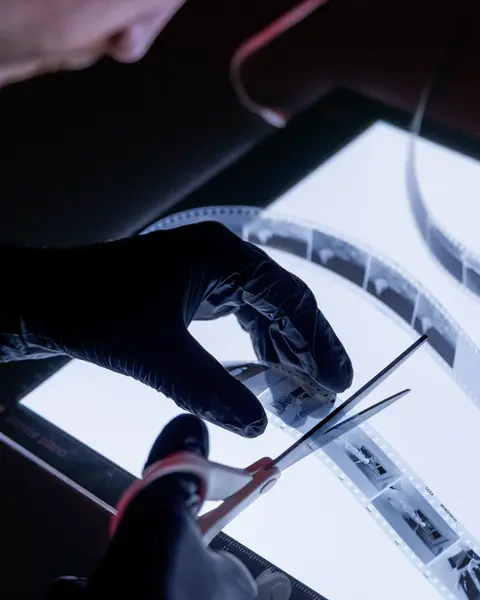What’s a Rangefinder?
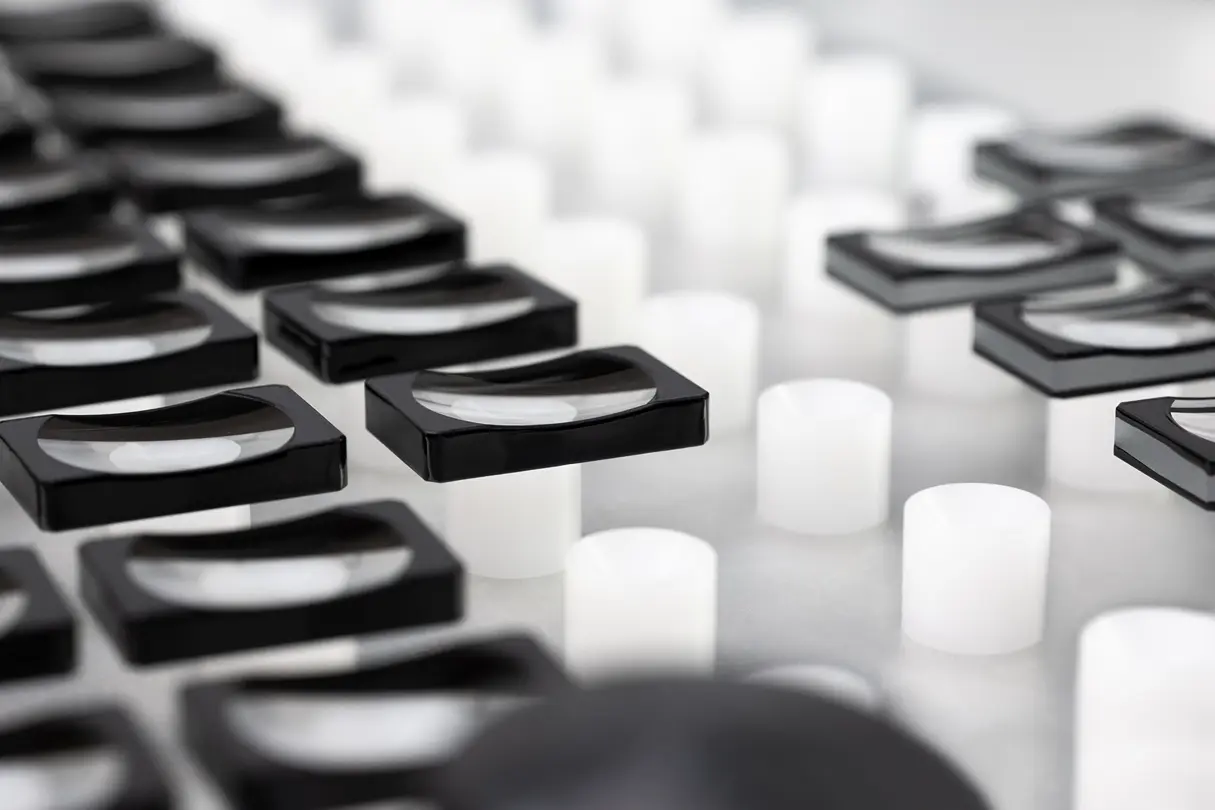
The rangefinder for the Leica M is not only a masterpiece of fine mechanics; it continues to offer huge advantages for image composition to this day.
In today’s world, many people don’t really understand what a rangefinder camera is, how a rangefinder works, what advantages it brings and why the Leica M still continues to use it. Of course, in order to grasp this, the historical context of the rangefinder must first be explained. After all, it has only been possible to forgo an optical viewfinder since the advent of the digital camera featuring live preview. While the origin of the rangefinder with a single viewfinder can be traced back to the Leica M3 introduced in 1954, it presents the image in a way that still makes the Leica M captivating today.
Advantages of the Rangefinder
Image Composition
The rangefinder offers a variety of advantages over other types of viewfinders, which almost always provide a view through the lens. The key advantage is that the viewfinder always shows more than what will appear in the final image. In the rangefinder, which is designed for focal lengths between 28 and 135 mm, it is always possible to see the area outside the bright-line frame. This is a big help when choosing the right image section, the right position and the right focal length because the rangefinder always offers a larger view. With a Leica M, image composition is simpler and more intuitive – an advantage that makes the experience of using a Leica M camera so special.
Accuracy
But there are more advantages: for example, the rangefinder’s accuracy does not depend on the focal length. For lenses with normal and, above all, wide-angled focal lengths, the rangefinder is much more accurate than other methods. This only becomes less true for telephoto lenses. The rangefinder operates effectively even in low-light conditions, so you retain control in situations where other focusing methods – and autofocus – fail.
How the Rangefinder Works
The rangefinder combines two functions: on the one hand, it’s an optical viewfinder responsible for selecting the frame. It provides an optical view of the subject and superimposes a bright-line frame that corresponds to the view angle of the lens. On the other hand, it is responsible for measuring the distance by superimposing a second image section at the centre of the frame, which is only perfectly aligned if the focus is correct.

The rangefinder operates entirely mechanically. The subject is viewed from two different points: one image comes from the optical viewfinder, the other from the second rangefinder window, located to the right. This second image is mirrored multiple times through a complex system of lenses and prisms, so it can be superimposed at the proper size and aspect ratio together with the viewfinder image. The focusing of the lens is transferred via a ‘control cam’ to a roll in the camera, which then turns a mirror. The images from the viewfinder and rangefinder and the subject form a triangle. Only when the distance ring is set correctly does the rotating mirror bring the images into perfect alignment.
Depending on the focusing, the bright lines of the focal length frame are also moved slightly to enable parallax compensation and ensure that the frame always shows the correct image section. For most M models, a manual frame selector lever allows you to display bright-line frames for other focal lengths. In the analogue models, the bright-line frame is illuminated through an additional window. In today’s digital models, this is lit up by an LED.
History
The control cam, with which the position of the lens’s distance ring is transmitted to the camera, already existed long before the Leica M3, which was the first model of the M-Family to be released back in 1954. Lenses with M39 threads, the precursor to the M-Bayonet, can still be used with an adapter on modern Leica M models. This enables backwards compatibility all the way to when the first mirrorless system cameras were launched by Leica in 1931. Photographers who want to use 35 mm film will obviously need an optical viewfinder. If you opt for a digital M, you can activate the live preview in the touch of a button, letting you look directly through the lens. This way, you can always choose the viewfinder that best suits the moment you want to capture. Many modern M-Lenses, such as the APO-Summicron-M 35 f/2 ASPH., offer an extra close-up range because the rangefinder requires a minimum distance of 70 centimetres. Closer distances can be correctly focussed using the live preview.
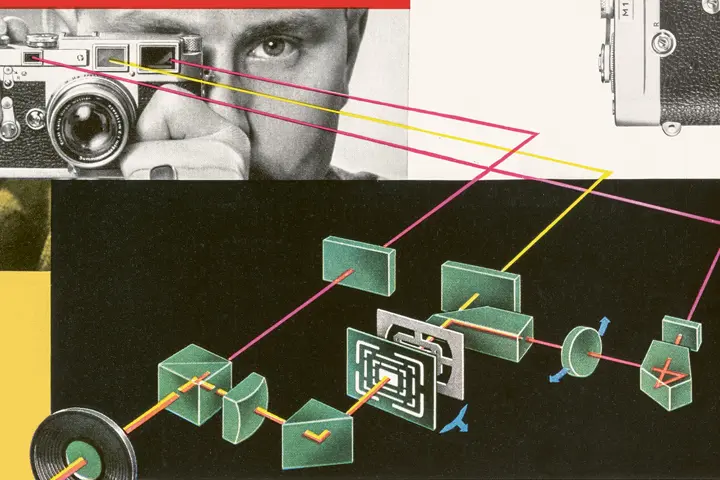
The question remains as to why the rangefinder in this form only exists at Leica if it really has so many advantages. There is a simple reason for this: the rangefinder is a precision mechanical masterpiece that is complex to manufacture and requires meticulous adjustment - only then can the camera realise its full potential. Not least because of its rangefinder, the Leica M is manufactured by expert hands in a factory in Germany - otherwise the necessary precision would not be possible.
